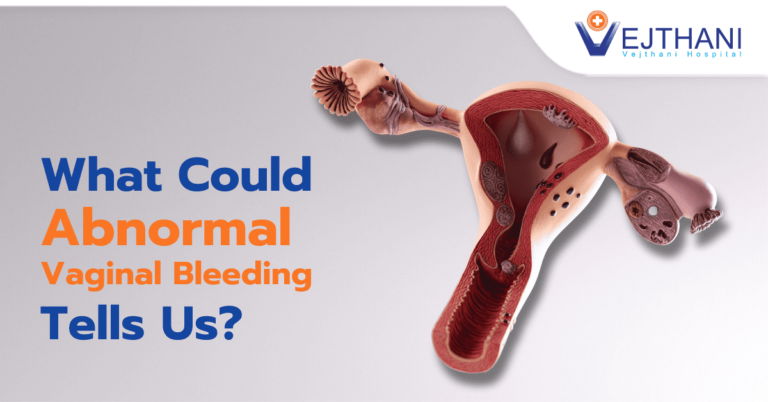Many women will suffer from gynecological problems at least once in their lifetime, including diseases of the uterus (womb). Treatment options include medication and surgery. However, some diseases of the uterus cannot be cured by medication or targeted surgery. An operation for removal of the uterus (Hysterectomy) might be needed.
Originally, uterus removal surgery required a wide skin incision of at least 8-10 centimeters into the abdomen. This procedure may result in marked pain after surgery, require a long recovery period, and leave a hypertrophic scar.
Nowadays, with the advanced endoscopic technology available, surgery called laparoscopy or pin-hole surgery can be performed. In these procedures, the access is made by using tiny incisions to the abdomen or even through natural body openings, which results in less visible scarring. These methods, which include laparoscopic hysterectomies, offer many advantages for women.
Conditions Which Necessitate a Hysterectomy (Uterus Removal Surgery):
- Uterine Fibroids
- Endometriosis
- Uterine Prolapse
- Abnormal uterine bleeding unresponse to medical treatment
- Endometrial Hyperplasia
- Precancerous lesion of cervix
- Cancer of cervix, uterus or ovaries
There are 4 Different Approaches to Uterus Removal Surgery:
- Total Abdominal Hysterectomy: an original way to remove the uterus through a long abdominal skin incision, the recovery time after surgery may take longer than other methods.
- Vaginal Hysterectomy: a surgical procedure to remove the uterus through the vagina. This technique is not suitable for some patients or conditions such as virgin women or enlarge uterus.
- Laparoscopic Hysterectomy: a surgical procedure using a laparoscope to guide the removal of the uterus. A conventional laparoscopic hysterectomy requires only 3-4 tiny incisions (usually 0.5–1.0 cm) to the abdomen which results in less pain, a shorter recovery period, and less scarring.
- Scarless Laparoscopic Surgery: also called NOTES (Natural Orifice Transluminal Endoscopic Surgery). A new technique that has been developed to operate through the natural opening of a women’s body. A surgeon will perform a laparoscopic operation via the vagina to remove the uterus. This technique is a truely scarless surgery resulting in the best cosmetic advantage, less blood loss, faster recovery, and minimal complications.
Which gynecologic diseases are suitable for scarless surgery or laparoscopic hysterectomies?
- Uterine Fibroid or Myoma uteri
- Endometrial polyp
- Endometrial Hyperplasia
- Cervical Intraepithelial Neoplasia
- Some Types of Ovarian Tumor
Each surgical method has its own advantages and risks. The new scarless technique must be performed by a well-trained and experienced gynecologist. The specialist will determine the appropriate procedure for each individual’s case based upon the medical history and condition of the patient.
For more information, contact
Women’s Health Center, Vejthani Hospital
Call 02-7340000 or Ext. 3200,3204
English Hotline: (+66)8-522 38888
- Readers Rating
- Rated 4.5 stars
4.5 / 5 ( Reviewers) - Outstanding
- Your Rating


























